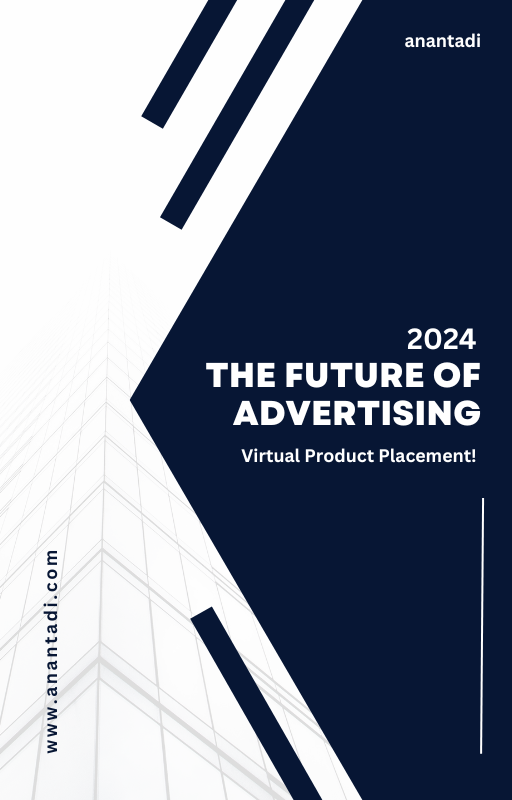
Are you tired of juggling multiple streaming subscriptions and constantly being bombarded with ads? You’re not alone. In 2024, subscription fatigue reached new heights, leaving viewers frustrated and content providers scrambling for solutions. Enter Virtual Product Placement (VPP) – a game-changing technology that promises to revolutionize how we consume media while keeping the viewing experience seamless and enjoyable.
In this article, we’ll explore how VPP is addressing the growing issue of subscription fatigue and transforming the landscape of digital advertising. We’ll delve into the technology behind VPP, its benefits for viewers and advertisers, and examine real-world examples of its success. Let’s dive in and discover why VPP might be the answer to our collective subscription woes.
Understanding Subscription Fatigue
Subscription fatigue refers to the overwhelming sense of frustration and financial strain consumers experience when managing multiple subscriptions for various streaming services, apps, and digital content platforms. As the number of available services continues to grow, so does the burden on consumers’ wallets and attention spans.
Recent statistics paint a clear picture of this trend:
– A 2024 survey by StreamingChoice found that 68% of consumers feel overwhelmed by the number of streaming services available.
– The average U.S. household now subscribes to 4.7 streaming services, up from 3.4 in 2020 (according to a LeanStream report).
– 42% of subscribers have cancelled at least one streaming service in the past year due to cost concerns (StreamingInsider, 2024).
Several factors contribute to this growing issue:
- Fragmentation of content across multiple platforms
- Rising subscription costs
- Oversaturation of the streaming market
- Increased competition for viewers’ attention
- Ad-supported tiers that interrupt the viewing experience
The Rise of Virtual Product Placement (VPP)
Virtual Product Placement offers a solution to subscription fatigue by providing an alternative revenue stream for content creators and platforms, potentially reducing reliance on subscription fees or intrusive advertising.
What is VPP?
Virtual Product Placement is a cutting-edge advertising technique that seamlessly integrates branded products or logos into existing video content using advanced computer graphics and AI technology. Unlike traditional product placement, which requires physical props on set, VPP allows for the digital insertion of products post-production, creating a more flexible and customizable advertising experience.
Technology Behind VPP
VPP relies on a combination of technologies:
- Artificial Intelligence (AI) and Machine Learning (ML): To identify suitable placement opportunities within content
- Computer Vision: For tracking and analyzing scenes
- 3D Modeling and Rendering: To create realistic product integrations
Benefits for Viewers
The primary advantage of VPP for viewers is the uninterrupted viewing experience. By integrating products naturally into the content, VPP eliminates the need for disruptive ad breaks or pop-ups that can take viewers out of the moment.
Advantages of VPP Over Traditional Advertising
1. Uninterrupted Viewing
VPP allows for product integration without breaking the narrative flow of the content. For example, a character in a TV show might use a specific brand of smartphone throughout an episode, with the brand seamlessly inserted during post-production.
2. Personalization
One of the most exciting aspects of VPP is its potential for personalization. Using viewer data and preferences, VPP systems can tailor product placements to individual users. This means that two viewers watching the same show might see different brands or products integrated into the content, based on their interests and demographics.
3. Measurement and Analytics
VPP provides advertisers with detailed analytics on viewer engagement and product interaction. Advanced eye-tracking technology and AI can measure how long viewers look at placed products, offering invaluable insights into ad effectiveness.
Success Stories
A notable success story comes from the streaming platform Hulu, which implemented VPP in its original series “The Handmaid’s Tale.” By subtly integrating contemporary brands into the dystopian setting, Hulu reported a 12% increase in brand recall compared to traditional ad spots, without negatively impacting viewer immersion.
Conclusion
In conclusion, virtual product placement with Anantadi revolutionizes the way brands engage with audiences. By seamlessly integrating products into content, Anantadi offers a non-intrusive, highly targeted advertising solution that enhances viewer experience while maximizing brand visibility. Embrace this cutting-edge technology to stay ahead in the dynamic world of digital advertising and ensure your brand stands out in an increasingly competitive market.
As viewers, we can look forward to a future where our favorite shows and movies are free from disruptive ad breaks, while still supporting the creation of high-quality content. For advertisers and content providers, VPP opens up new avenues for engagement and revenue generation.
As we move further into 2024 and beyond, keep an eye out for VPP in your favorite streaming content. You might be surprised at how seamlessly it enhances your viewing experience while helping to combat the subscription fatigue that plagues so many of us.
Are you excited about the potential of Virtual Product Placement? Share your thoughts in the comments below and let us know how you think VPP might change your streaming habits!
